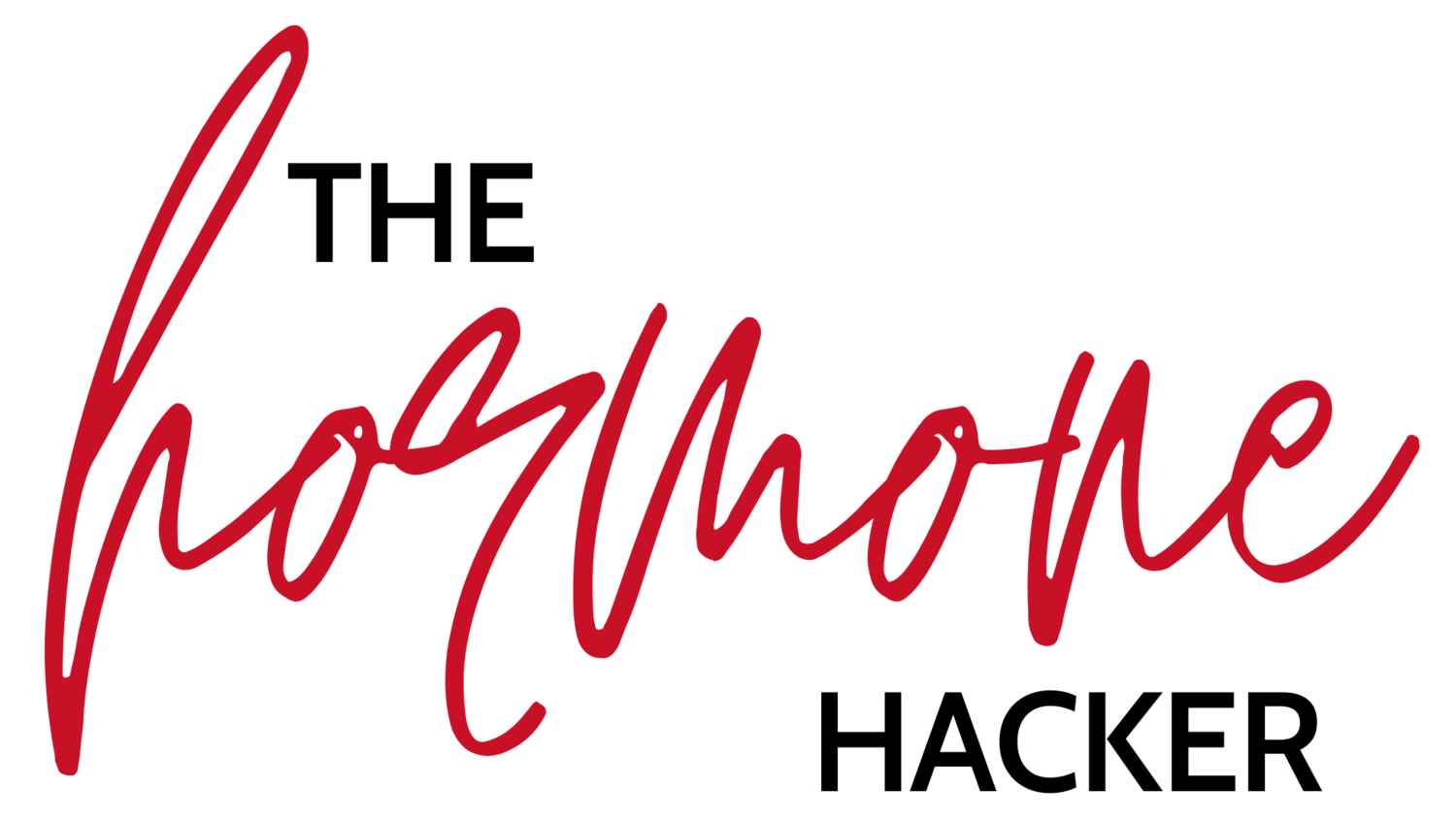Estrogen is foundational to fertility.
You’ve probably seen estrogen pop up in many headlines and studies, some of them fear-mongering and others straight-up confusing. It’s hard to understand what we can’t see, right? But it’s important for all of us to learn what estrogen hormones do, since they’re a pivotal part of our health and wellness.
Let’s get hormonal!
What does estrogen do?
Estrogen is a primary female sex hormone (along with progesterone).
Fun fact: There isn’t just one single estrogen. There are actually more than 15 types of estrogen identified so far! But three are specifically pertinent to our conversation here:
Estrone (E1): This is the dominant estrogen type after menopause.
Estradiol (E2): This is the dominant estrogen type during reproductive age (when not pregnant).
Estriol (E3): During pregnancy, the placenta releases large amounts of this type of estrogen.
Estrogen (specifically, estradiol or E2) triggers puberty! You can thank it for:
Menarche (start of menstrual periods)
Growth of pubic/underarm hair
Development of breasts, hips and thighs
But E2 is also hugely important in adults; estrogen is a top player in the menstrual cycle. Here, you can thank it for:
Leading to ovulation (release of an egg)
Building up the endometrium (uterine lining)
But wait, there’s more!
Estrogen supports healthy brain function, the immune system, the heart and blood vessels and the urinary and gastrointestinal tracts. AND bones, breasts, the pelvic floor, hair, skin and mucous membranes. See— foundational!
How is estrogen produced?
Estrogen is primarily made in your ovaries, though your adrenal glands, fat cells and brain also make a bit.
Want to hear the nerdy stuff?
Here’s a brief and simplified description of estrogen’s role during your follicular phase (the time between the start of your period and the release of an egg):
Brain’s hypothalamus sends gonadotropin-releasing hormone (GnRH) to the pituitary gland
Pituitary gland sends luteinizing hormone (LH) and follicle stimulating hormone (FSH) to ovaries, signaling the growth of follicles
Developing follicles secrete increasing amounts of estrogen
Rising estrogen eventually stimulates a burst of LH, leading to ovulation
Right at ovulation, estrogen levels plummet drastically (many people feel a difference in energy and mood due to the sudden change!). At this point, it’s progesterone’s turn to be the star.
What happens when estrogen is out of balance?
Estrogen and progesterone are figure skating partners. Metaphorically, not literally. (I don’t know what they do in their day jobs.) If one is out of balance, they both are! If you have too little progesterone, then you’ll have too much estrogen in relation to progesterone, AKA “estrogen dominance.”
Estrogen dominance— when the ratio of estrogen to progesterone is too high— may result in rough PMS symptoms like migraines and sore breasts. It might also give you heavy periods.
On the other hand, too little estrogen can mess with your cycles. If you don’t have enough estrogen to ovulate, then you won’t release an egg. No ovulation = no period = no beneficial cycle of healthy hormones. You could have long cycles (thanks to delayed ovulation) or amenorrhea (a missing period for several months). It’s like being stuck mid-cycle. You may also feel brain fog.
Your doctor can test for your estrogen (and progesterone) levels to see if they’re in balance. If they’re out of balance, you can get help and figure out how to find hormonal harmony.
So why does everyone talk smack about estrogen?
Lately, there’s been a lot of talk about why estrogen is “bad for you.” (To be crystal clear, it is not bad for you. You just want it in balanced levels.)
The issue is when there is too much estrogen for your body to handle (estrogen dominance or estrogen excess). Research finds connections between too much estrogen for too long and issues like cancer, fibroids and endometriosis. But I’m here to tell you that you can heal from excess estrogen— and not worry about the scary headlines!
What about xenoestrogens?
Today’s world of plastics and harsh household and personal care products introduces us to estrogens from outside our bodies. “Xenoestrogens” can mimic your body’s natural estrogen when they enter your body, which can wreak havoc on your endocrine system. This is why they’re called “endocrine disruptors,” and why science shows that puberty is becoming more common at younger ages than ever. (More xenoestrogen exposure = sneaky hormones messing with the body = early signals to start puberty.)
Plus, there are xenoestrogens in some foods. Plant-derived xenoestrogens (AKA phytoestrogens) are found in many nutritious foods. Don’t avoid foods with phytoestrogens, though! You just want to make sure you balance your diet and include foods that can break down estrogens. Cruciferous veggies (broccoli, kale, cabbage and brussels sprouts, for example) are great for this.
Properly metabolizing estrogens is what’s important. You can find support with this— and I highly suggest you do, if you suspect that you have estrogen dominance, PCOS or other cycle issues.
What about estrogen in the pill?
Not the same. The estrogen in the pill is synthetic (made in a lab). It’s technically called “ethinylestradiol.”
This synthetic estrogen is used in SOME hormonal birth control. Birth control pills that contain estrogen are called “combination pills” since they contain a combo of estrogen and progestin (synthetic progesterone).
And that’s your crash course about the elegant and exciting hormone, estrogen!
Can you take a moment this cycle to appreciate the vitality that estrogen gives you?

